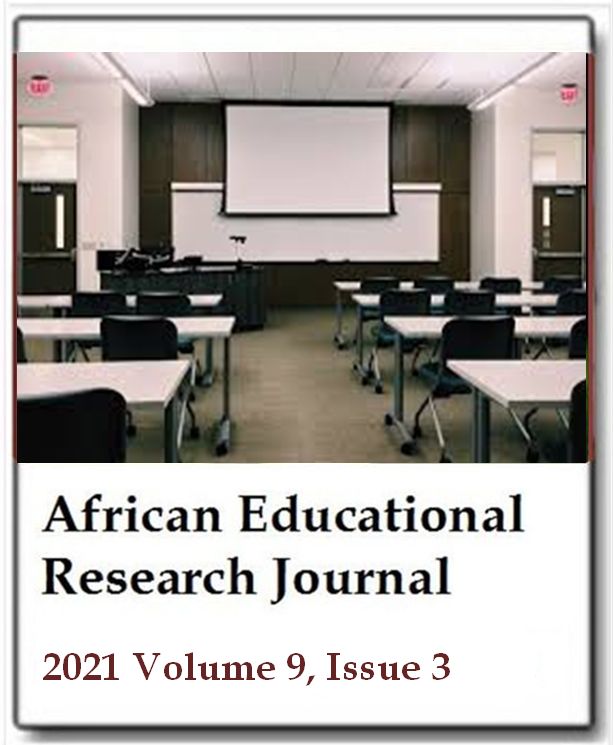Gender differences in the reading habits of secondary school students of Osun State public schools
Bamise O. F. and Akande S. O.African Educational Research Journal
Published: August 10 2021
Volume 720-727
DOI: https://doi.org/10.30918/AERJ.93.21.072
Abstract
The research evaluated among secondary school students the time spent in reading and the reading materials preferred. The purpose for which they read was also identified. A cross-sectional survey design was adopted which focused on public secondary schools of Osun State, Southwest, Nigeria. A multistage random sampling technique was used to select 1101 senior secondary school students from 12 public schools covering the 6 educational zones of Osun State. A 20 item Reading Habit Scale was used. The questionnaire was administered with the aid of a research assistant and retrieved immediately from the volunteers after completion. One thousand and seventy-nine copies of the questionnaire were analyzed, 43% of the respondents were boys while 57% were girls. Only 18.6% of the respondents were daily long-time readers (>1 to 6 hours per day) which comprised 17% of the boys and 20% of the girls. Boys more than girls read past questions and solutions while girls more than boys read textbooks and subject teachers note. Boys (98%) more than girls (97%) indicated they read in order to get better grades in tests and examinations. Conversely, girls more than the boys read for a better understanding of topics taught by the teacher and for pleasure (84:76%). A statistically significant gender difference exists with respect to “reading for pleasure” (x=8.92, p=0.003). Most of the students have poor reading habits with respect to daily reading time. Girls were more daily long-time readers and also read for pleasure.
Keywords: Gender difference, reading habits, reading time, reading materials, reading purpose.
Full Text PDFThis article is published under the terms of the Creative Commons Attribution License 4.0

